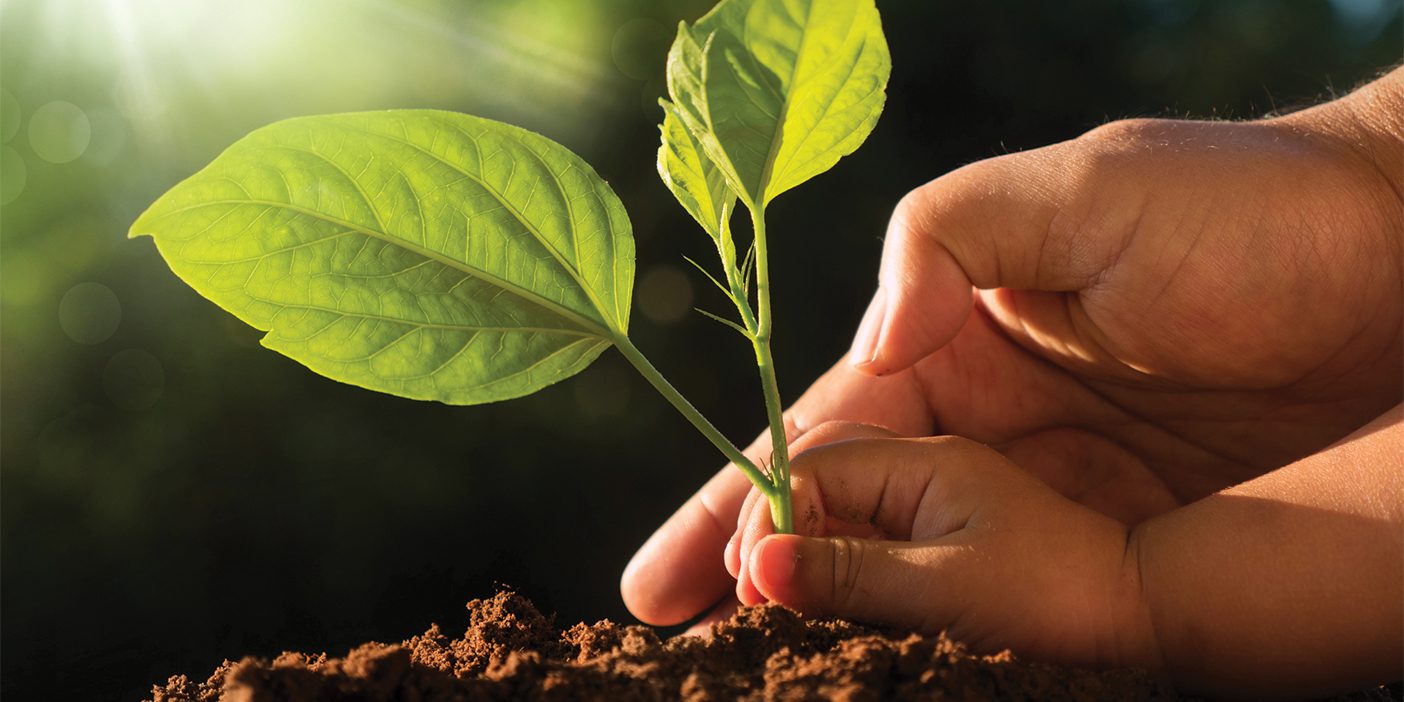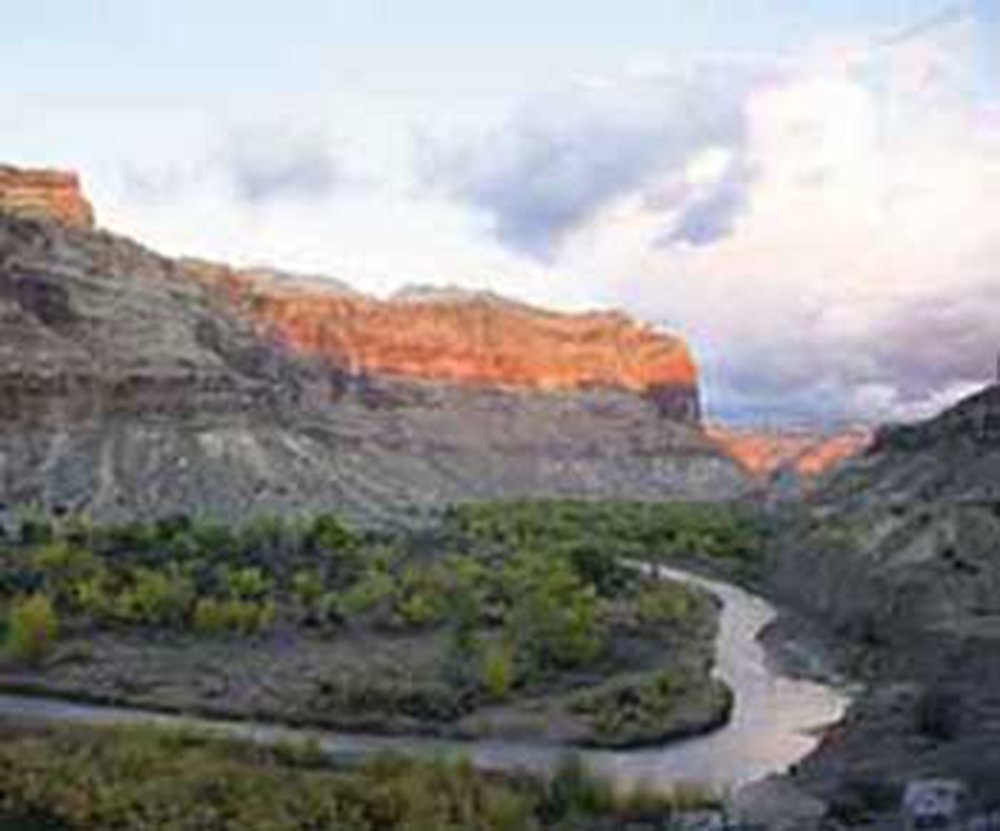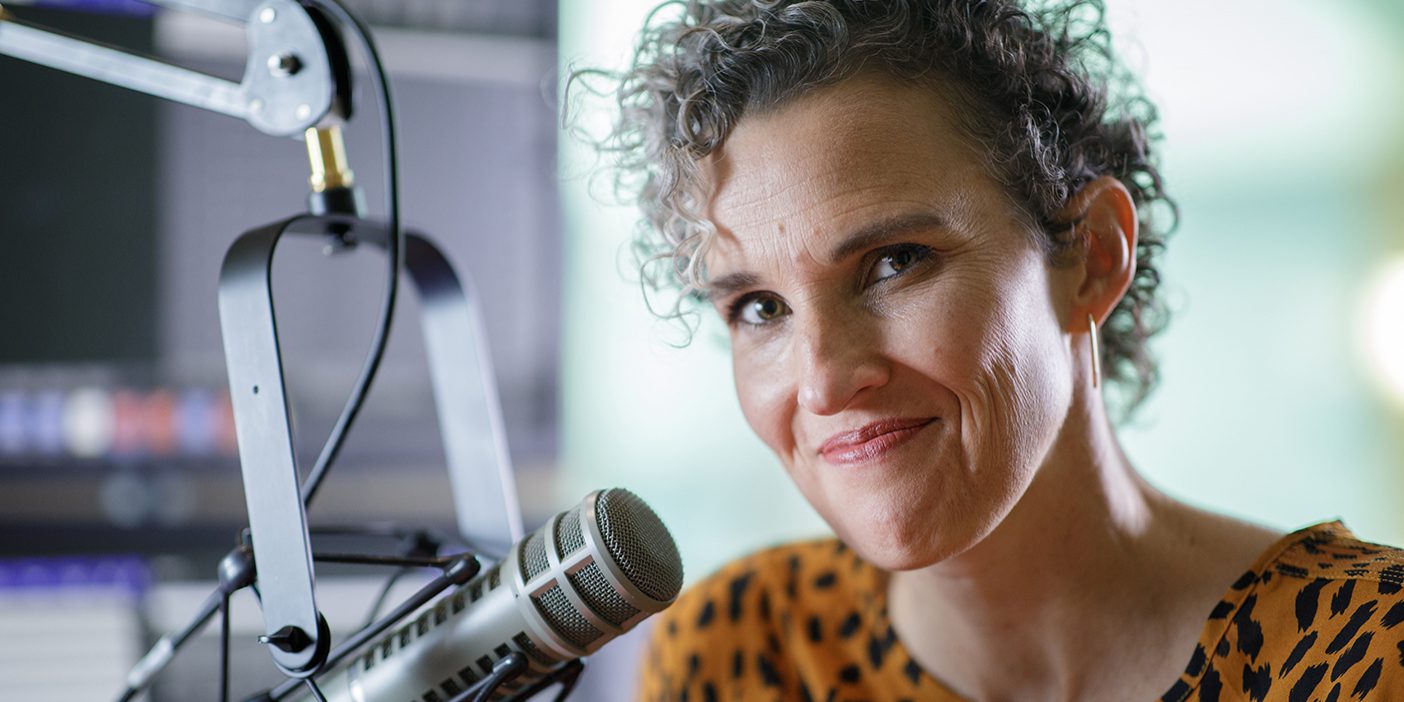In the restored gospel, there is no room for indifference toward nature, which is infused with spirituality and holy portent.
Perhaps as a parent or as a youth leader, you have observed that outdoor experiences can soften and uplift the hearts of young people, who, in this age of alluring smartphone screens, are increasingly drawn away from nature. Perhaps, too, you have noticed, as I have, that regular recreation and stimulation of the senses in nature are vital to your own physical and spiritual well-being and family happiness. If nature is a gift that heals, inspires, and restores, what are we doing to restore nature?
In Western society, at least, it has not been uncommon for people to assume that it little matters what we do in or to nature because nature is without spirit and is nothing but dead matter. This comes from a tradition of thought within Christianity that lost its bearings and convinced itself that spirituality stood apart from and above physical life. This tradition has, as a result, tended to remain indifferent in the face of environmental degradation.
The restored accounts of the Creation directly refute such disregard for the fate of physical life. We believe in a fortunate fall, an embodied God, and a celestial kingdom destined to be on this very planet, all of which signal the spiritual value of physical life. Plants and animals have spirits and are described as living souls (see Moses 3:9), each granted the dignity and privilege to flourish and find joy in posterity.

In the restored gospel, in other words, there is no room for indifference toward a world that is infused with spirituality and holy portent. No wonder the Creation is described as a gift to “please the eye and to gladden the heart” and “to strengthen the body and to enliven the soul” (D&C 59:18–19). And no wonder, too, that although we are given natural resources for our own survival and well-being, the Lord insists that they are “to be used, with judgment, not to excess, neither by extortion” (D&C 59:20).
The restored gospel insists, then, and science confirms, that natural and human health are deeply connected. Working for the health of the planet and working for the health of the human community are neither mutually exclusive nor a zero-sum game. We are promised that there is “enough and to spare” for the entire human family, but only if we consume resources with enough modesty to give generously to others so as to eliminate inequality (see D&C 104:11–18). Greedy consumption of the earth’s resources harms the earth and the human family alike (see D&C 49:19–21). Pairing responsibility for the earth with responsibility for the human family is the very heart of our stewardship.
With all of the political turmoil that surrounds the pressing problems of a changing climate and rising seas, increasing rates of species extinction, and pollutions in the air, water, and land, it is easy to get discouraged or to feel apathy. Degradation of nature is often a symptom of unequal consumption and distribution of resources both across society and across generations. In other words, we would likely take better care of this world if we were more concerned for family security, future generations, and especially the poor.
“Natural and human health are deeply connected.”
God calls on us to avoid wasteful and disproportionate consumption and to build a more secure future for all of His children and for all of His creations. To rise to this challenge, we cannot hope to navigate successfully the sometimes-difficult terrain of policy without first being crystal clear about our values and commitments. The Restoration teaches that our relationship to plants, animals, and ecosystems should resemble our relationship to one another; that is, we should be motivated by modesty, humility, reverence, and respect for the sanctity of all life. Taking this charge of stewardship seriously seems the least we can do to show our love for our brothers and sisters and our gratitude for the marvelous gift of creation.

George Handley is a professor of interdisciplinary humanities and the associate director of the BYU Faculty Center. His book The Hope of Nature: Our Care for God’s Creation was published by BYU’s Neal A. Maxwell Institute for Religious Scholarship.












